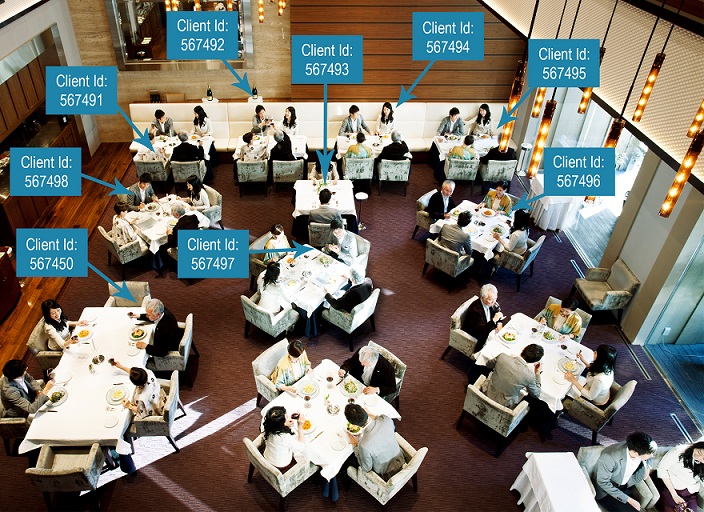Tracking Online Reservations For Restaurants
By Neil Farquharson
Restaurant owners spend a great deal of money trying to attract consumers to their restaurants. In fact they probably spend more time stressing about filling their tables with customers than they do about choosing their menu choices. One of the ways they let themselves down is by failing to track effectively what advertisements, what webpages, what calls-to-action actually work. So if you ask them for their conversion rates, or their return on advertising spend, usually they cannot tell you.
This opens up a win-win situation both for you and for your restaurant clients: You can offer a solution that will make life so much easier for them, and win yourself ongoing repeat business that is easy to cost justify because your clients’ return on advertising spend can be quantified. But first, let’s discuss what is broken with the system most restaurants currently use?
 Do you see the big red reservation button on the picture? Typically, when a prospective diner clicks on this button, he or she will be redirected to a third-party table reservation application such as OpenTable, CityEats or Yelp SeatMe. The reservation will be made and the details sent in a human readable form to the restaurant. However there is a problem – no integration. The system works well for booking reservations, but how do you link an off-line behavior to on-line activities? How do you know which web advertisement caused the consumer to look at the restaurant’s website in the first place? Which webpage – which mouthwatering photograph – led to the diner clicking on that big red reservation button? Usually the restaurant business owner does not know and so cannot judge what marketing activities are yielding a good ROI; and especially, what web adverts are attracting new customers.
Do you see the big red reservation button on the picture? Typically, when a prospective diner clicks on this button, he or she will be redirected to a third-party table reservation application such as OpenTable, CityEats or Yelp SeatMe. The reservation will be made and the details sent in a human readable form to the restaurant. However there is a problem – no integration. The system works well for booking reservations, but how do you link an off-line behavior to on-line activities? How do you know which web advertisement caused the consumer to look at the restaurant’s website in the first place? Which webpage – which mouthwatering photograph – led to the diner clicking on that big red reservation button? Usually the restaurant business owner does not know and so cannot judge what marketing activities are yielding a good ROI; and especially, what web adverts are attracting new customers.
The answer is cross-domain tracking. With cross-domain tracking, each customer ID – created when he or she is looking at the restaurant website – is stored in a cookie. Analytics tracking code is added to both the restaurant website and to the reservation website. This tracking code has special linking features that allow the website to place the customer ID in the URL parameters of the reservation link, where the reservation website can access it. Cross-domain tracking of this quality is made possible because Google Tag Manager and Google Analytics can be made to work with your client’s website and a third party website.
 This means that the online behaviors of the prospective customer can be associated with an actual reservation (or not), thus letting SEM experts quantify what variables in the advertisement and website pages produce which consumer behaviors. It means that we can now see which clicks convert to real-life restaurant reservations. This benefit is so compelling that it sells itself: you just need to tell your clients that it can be done. And what’s more, the third party website could be from any market segment that you can think of, not just the restaurant industry.
This means that the online behaviors of the prospective customer can be associated with an actual reservation (or not), thus letting SEM experts quantify what variables in the advertisement and website pages produce which consumer behaviors. It means that we can now see which clicks convert to real-life restaurant reservations. This benefit is so compelling that it sells itself: you just need to tell your clients that it can be done. And what’s more, the third party website could be from any market segment that you can think of, not just the restaurant industry.
